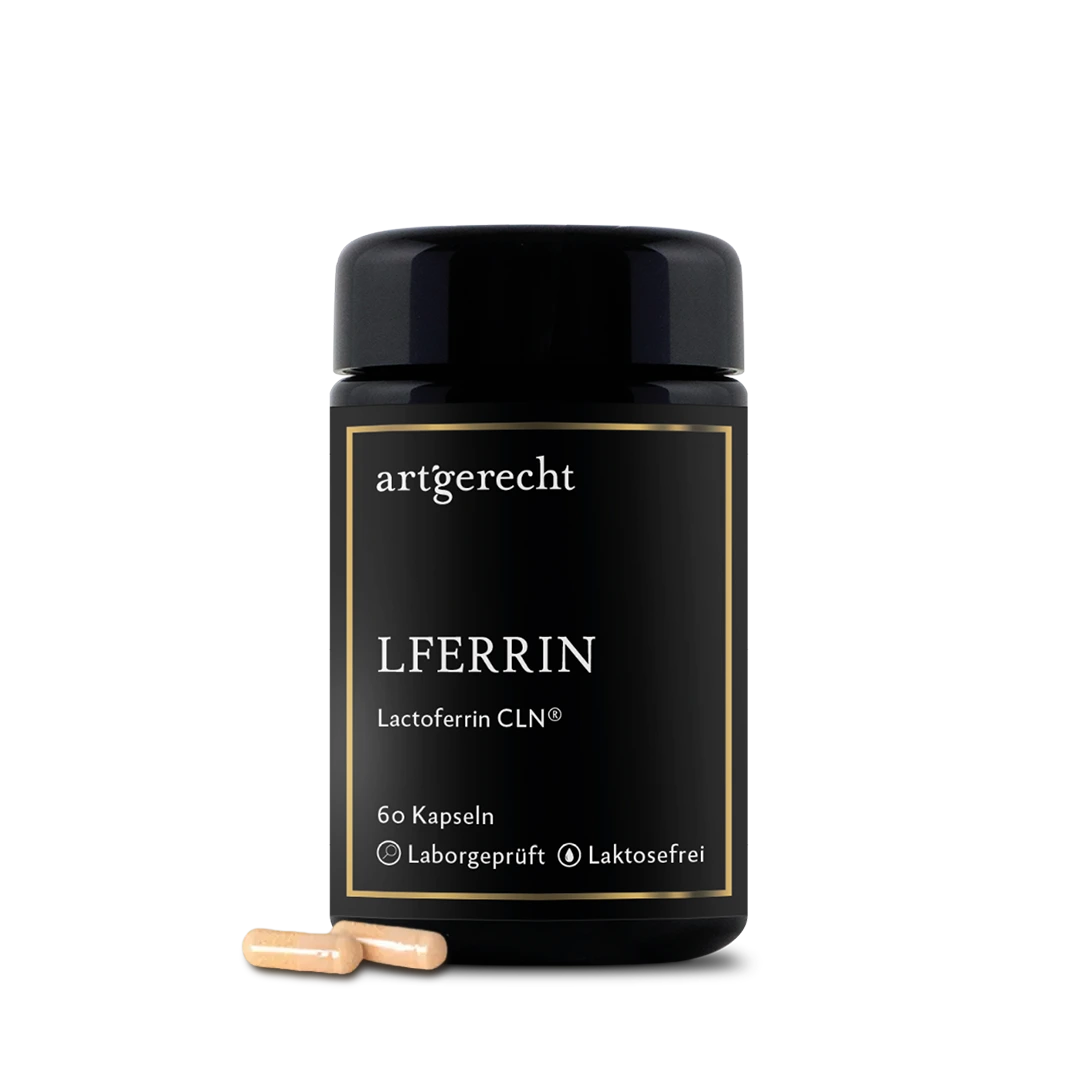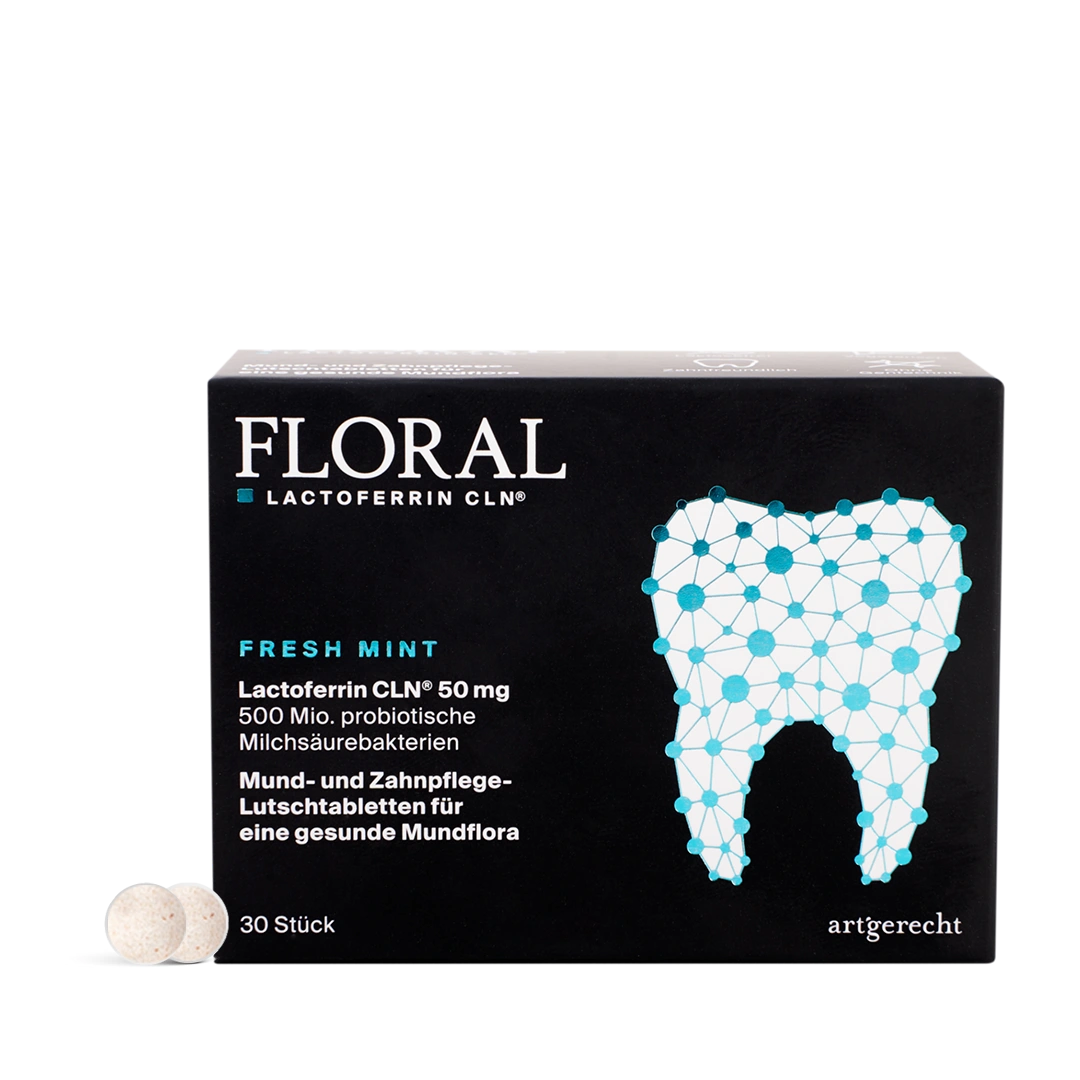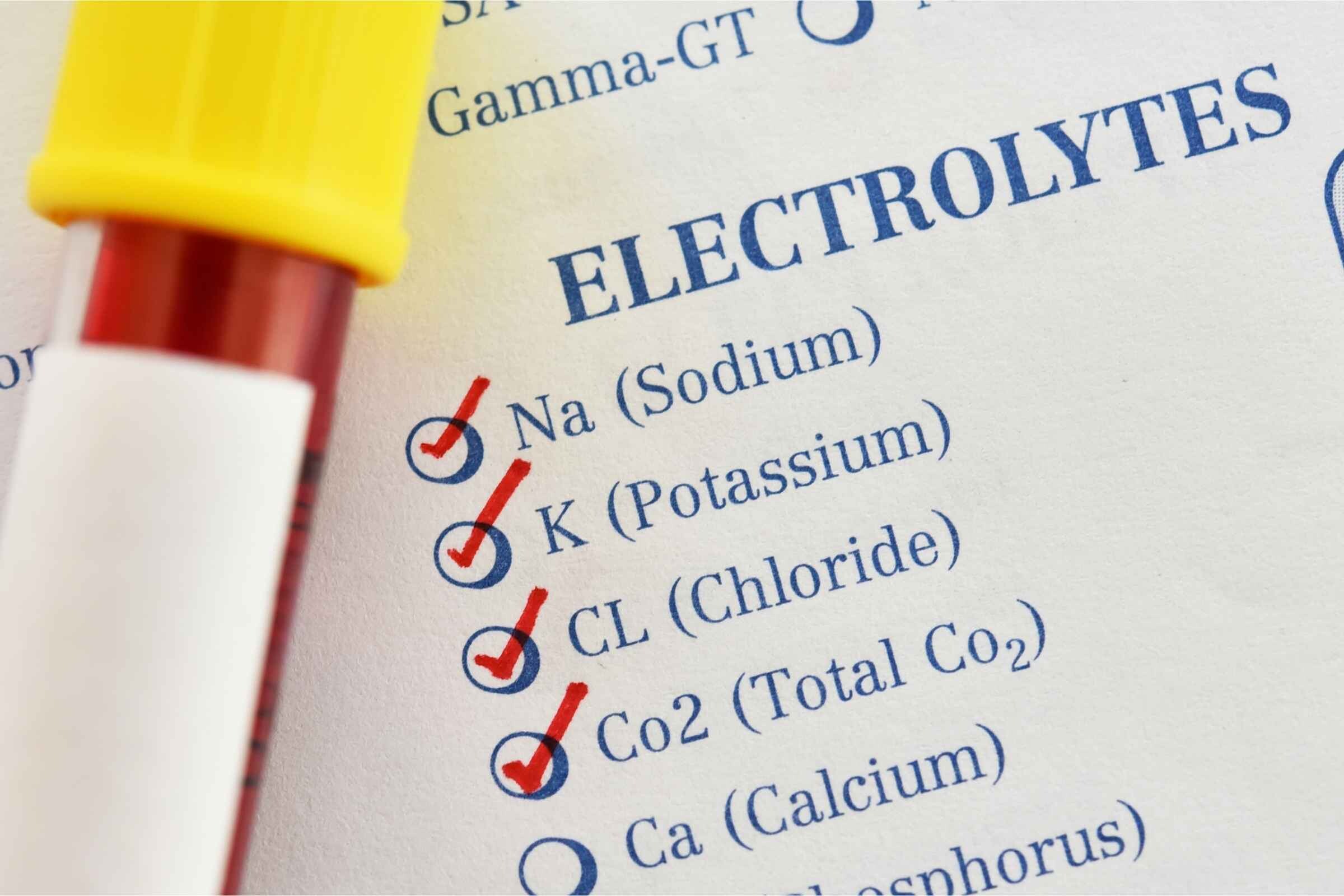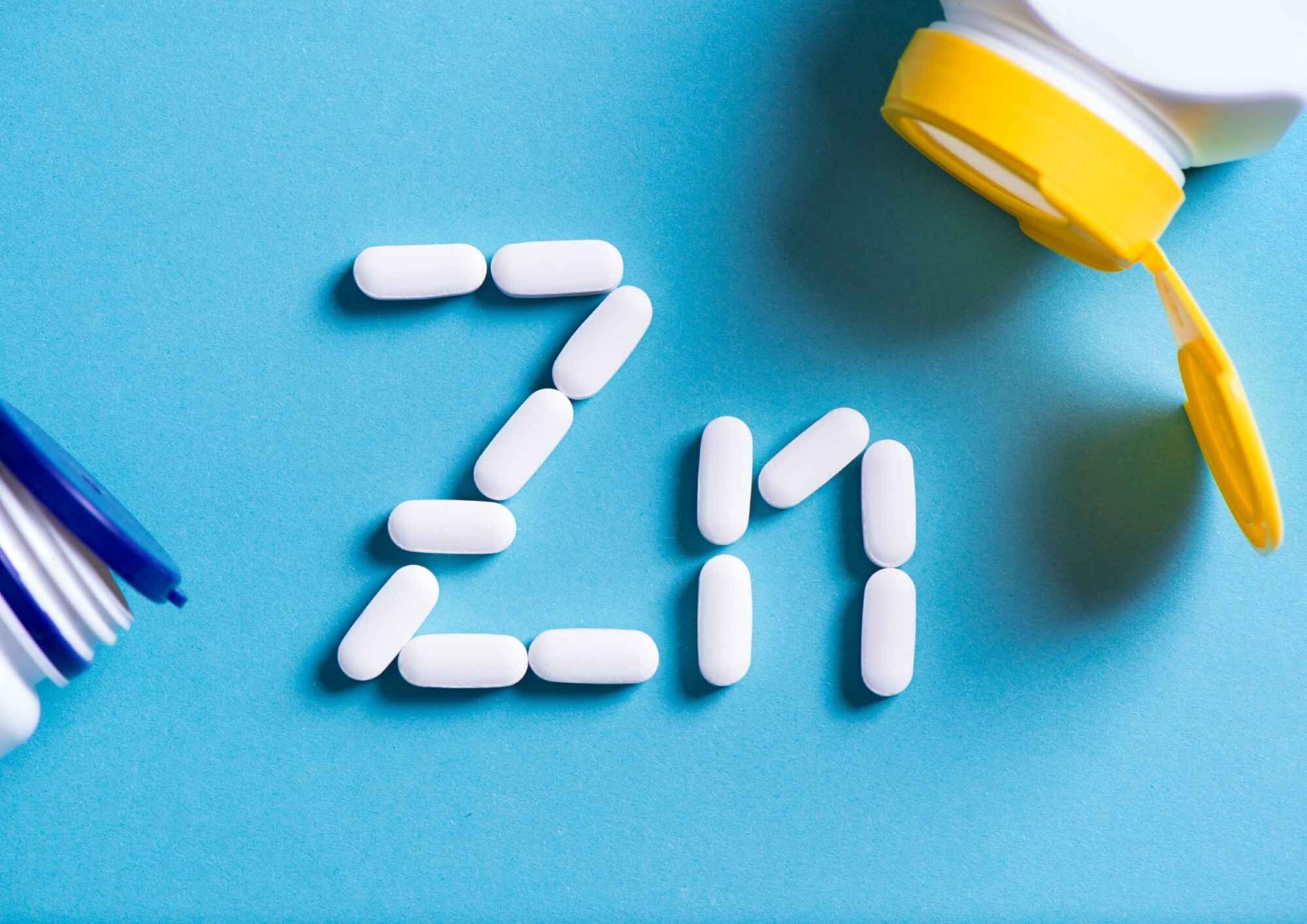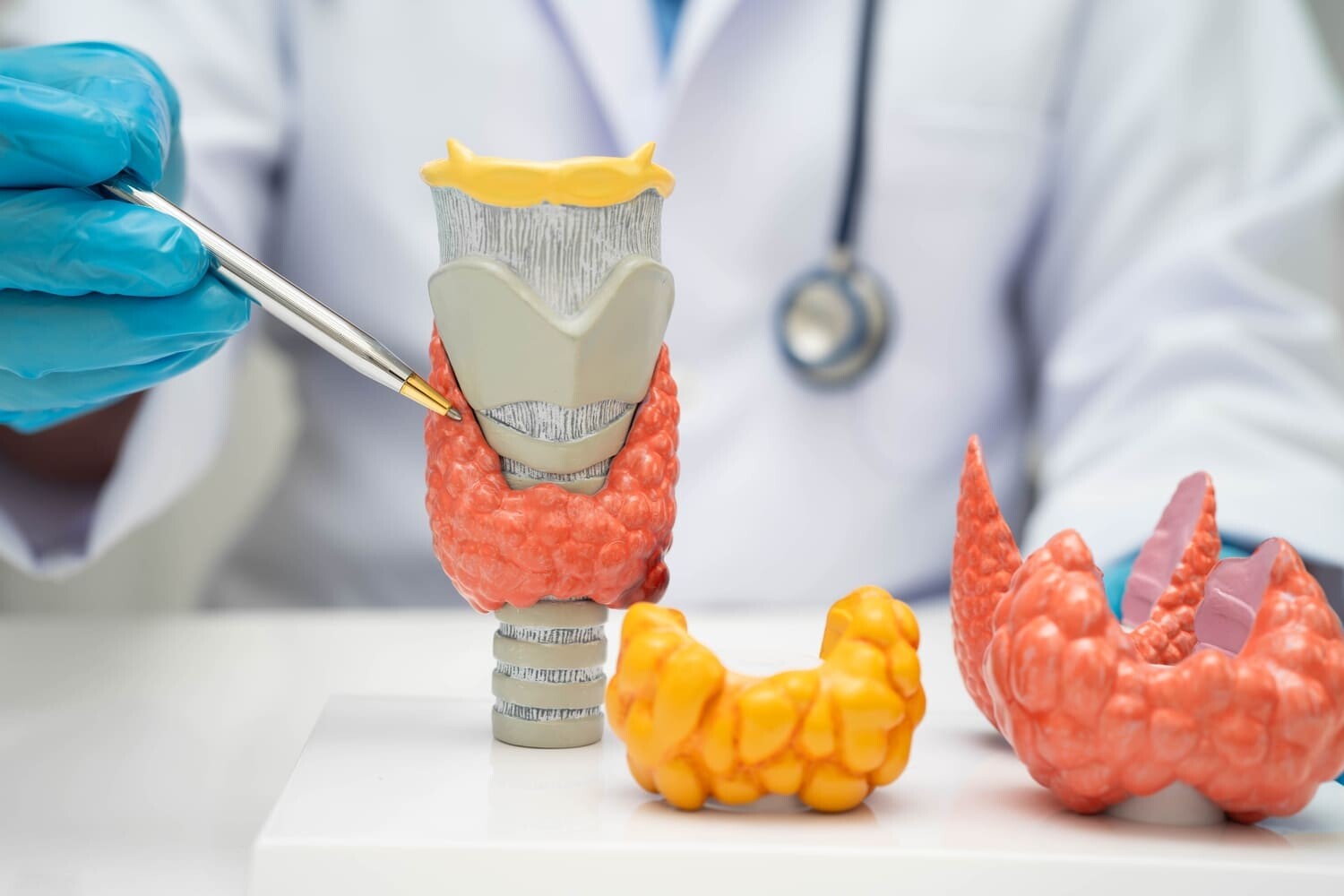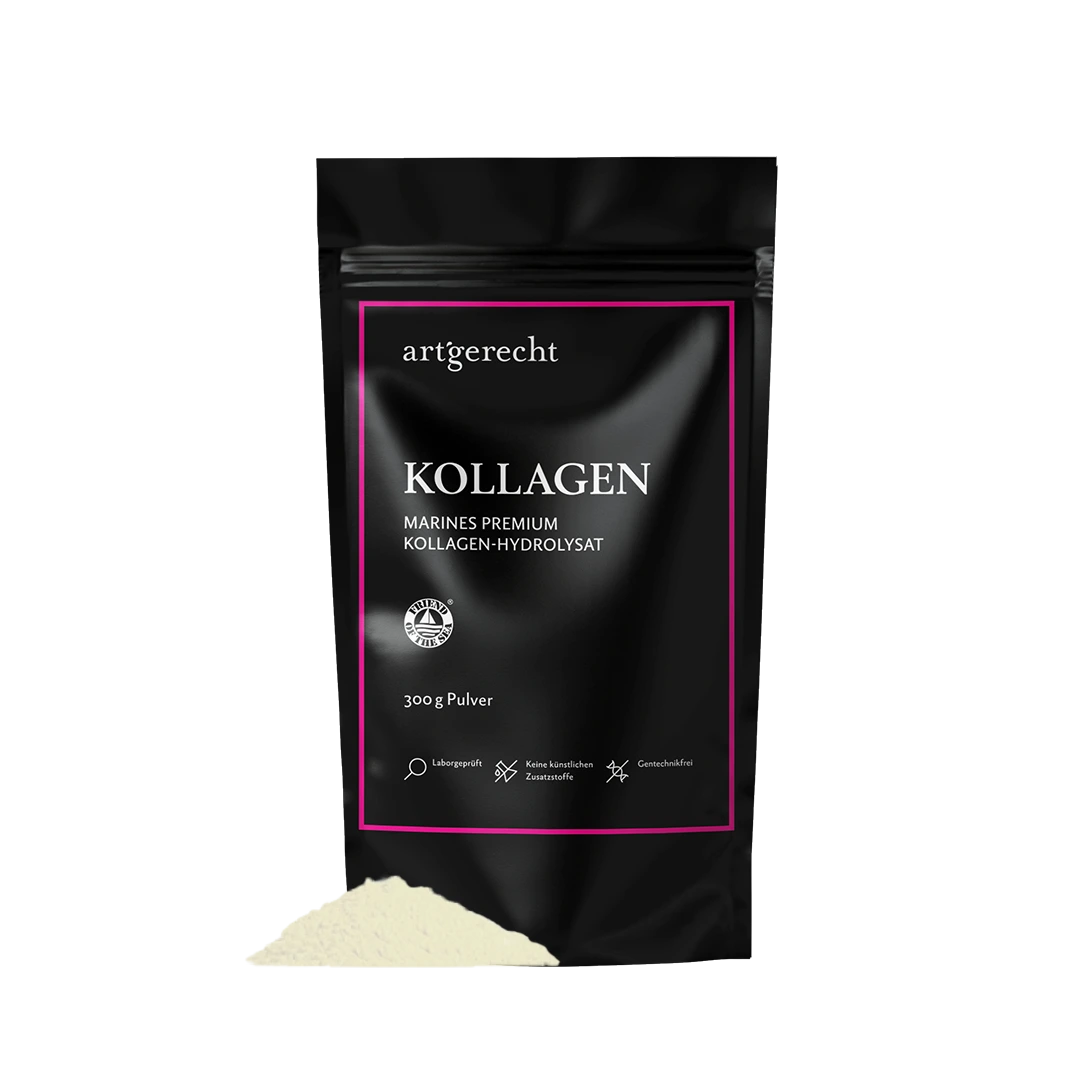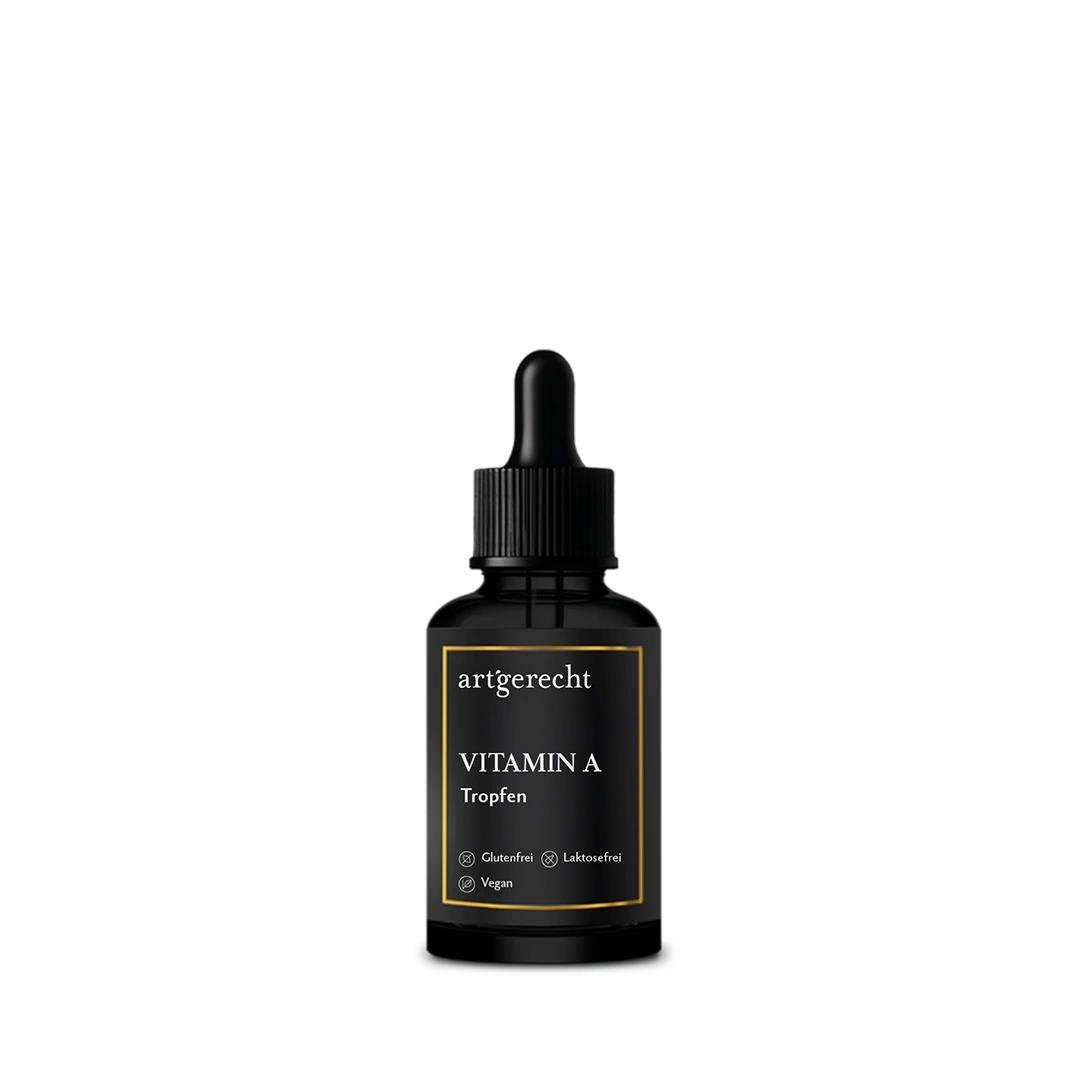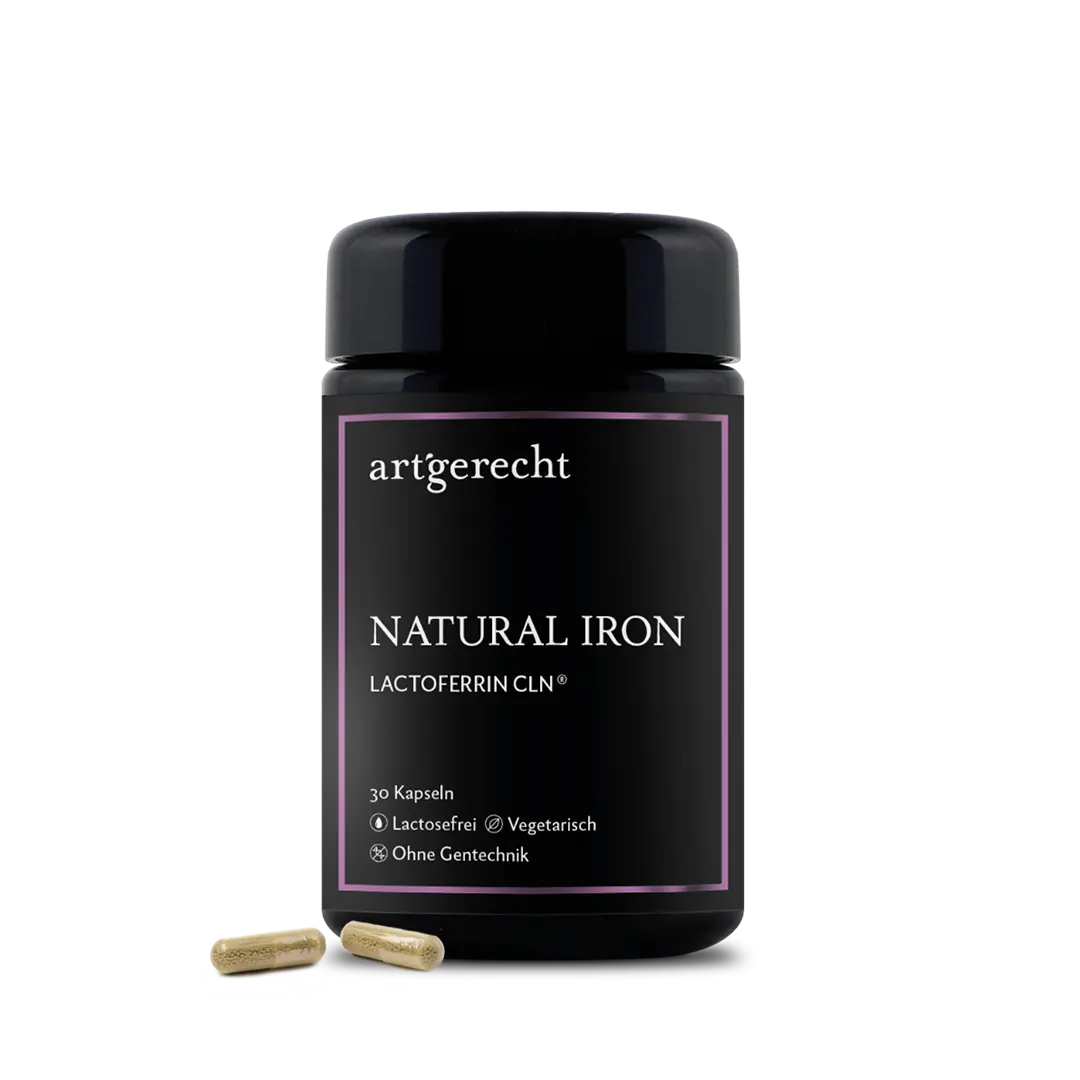The oral cavity provides a rich environment for the most diverse and stable microbiome in the human body[1]. Like the gut microbiome, the oral flora is an essential part of the human innate immune system. The microorganisms present there determine the balance between pathological and physiological conditions, which can have both local and systemic effects [2,3].
Depending on the type of diet and other factors such as age and salivation, pathogens have an easy time disrupting the balance under certain circumstances. The resulting microbial dysbiosis can lead to oral diseases such as caries, gingivitis and periodontitis.
But there's more. Studies have shown that the oral microbiome can also be directly associated with the development or worsening of systemic infections, adverse pregnancy outcomes, cardiovascular disease, diabetes mellitus and autoimmune diseases [1,3].
The largest group of microorganisms in the mouth are bacteria, which can adhere in so-called biofilms (as plaque on the teeth) in the oral cavity [4]. Bacteria within a biofilm are significantly more tolerant to removal by the body's own cells (phagocytosis) or by removal by cells of the immune system (neutrophil granulocytes) [5].
Bacteria metabolize sugars, especially during the ingestion of foods rich in sugar and carbohydrates, which reduces the pH value within the biofilm and allows pathogenic bacteria such as Streptococcus mutans to gain the upper hand. These bacteria in turn produce acid, which can lead to demineralization of the tooth surface and thus to caries [6,7].With prolonged exposure, the plaque layer can mineralize and become tartar, often resulting in gingivitis, one of the most common diseases of the oral cavity [8].
Chronic gingivitis can progress to periodontitis with the involvement of gingivitis-causing bacteria such as Porphyromonas gingivalis. In recent years, the connection between periodontitis and systemic diseases has become increasingly clear. Porphyromonas gingivalis, in particular, is also found in the plaques of atherosclerosis patients [9].The innate part of the immune system (Innate Immune System) provides numerous defense components to prevent pathogens from entering the body through the oral cavity. These include the mucosal barrier, as well as individual proteins found in body fluids, such as lysozyme and lactoferrin [10].
Therapeutic intervention in the oral cavity is a major challenge given the diversity of microorganisms present there and the delicate balance between these species.
As many antibacterial substances as there are, there are just as few that are able to dissolve a bacterial biofilm. Often this biofilm, such as on the teeth, can only be removed physically. It has already been shown that biofilms play a role in many diseases, from cancer [3], chronic back pain [11,12], Alzheimer's [13], asthma [9], to rheumatoid arthritis [9,14].
Lactoferrin, however, shows very efficient clearing of biofilms, even of environmentally resistant bacteria such as Pseudomonas aeruginosa and many oral pathogens [15].
A 2018 review sheds more light on the role of lactoferrin in the treatment of a wide range of oral and maxillofascial diseases [2].
Antibacterial effects
Lactoferrin showed very good effects against Streptococcus mutans, the main cause of caries, both during attachment and in the formation of biofilms.
In periodontitis, another manifestation of bacterial infections in the oral cavity, predominantly initiated by the gram-negative bacteria Porphyrornonas gingivalis.Porphyrornonas gingivalis and Prevotella intermedia, lactoferrin proved effective against both bacterial strains, albeit through slightly different mechanisms of action.
Antifungal effects
Candida albicans is the most common fungus in the oral cavity and can cause various systemic and localized diseases, such as oropharyngeal candidiasis. Lactoferrin has been shown to be very effective in inhibiting the growth of Candida albicans and could thus ensure less severe disease progression.
Antiviral effects
One of the most common viral infections of the oral mucosa is caused by the herpes virus. After the primary infection, it remains in the body and the infection can flare up again due to various provoking factors. Lactoferrin can intervene here by inhibiting binding to the surface of the host cell, replication and the spread from cell to cell.
One of the most common herpes viruses, the Epstein-Barr virus (EBV) also frequently affects the oropharyngeal region. As a result, symptoms such as an inflamed throat, swollen lymph nodes and a skin rash can occur in the head and neck area. If the host's immune system is already weakened, serious complications such as viral meningoencephalitis or myocarditis can also occur. Lactoferrin can prevent EBV from attaching to and entering the host cell and effectively inhibit cell transmission.
The Coxsackievirus A16 (CA16) causes the so-called hand-foot-and-mouth disease (HFMD). Studies have demonstrated the inhibitory effect of lactoferrin in the first phase of infection, as is the case with human papilloma virus (HPV).
Other therapeutic applications of lactoferrin in the oral cavity
- Dry mouth
- Bone regeneration in the event of damage around implants
- Prevention of inflammation in the implant area
A double-blind, randomized intervention study from 2019 investigated the use of a toothpaste containing enzymes and proteins, including lactoferrin, which mirrors their natural occurrence in saliva, to improve gum health [16]. Saliva plays an important role in maintaining the bacterial balance in the oral cavity with its components that belong to the humoral part of the innate immune system. After 4 weeks, it was shown that both plaque formation and the gingival index were significantly reduced.
The oral cavity and its surroundings can be affected by a wide variety of infections and pathologies. The authors of the above review recommend lactoferrin in the field of oral health as a therapeutic agent with a wide range of uses and without the development of side effects and/or resistance.Sources
1 Sampaio-Maia B, Caldas IM, Pereira ML, Pérez-Mongiovi D, Araujo R. The Oral Microbiome in Health and Its Implication in Oral and Systemic Diseases. Advances in applied microbiology 2016; 97: 171–210.
2 Velliyagounder K, Bahdila D, Pawar S, Fine DH. Role of lactoferrin and lactoferrin-derived peptides in oral and maxillofacial diseases. Oral diseases 2019; 25: 652–669.
3 Hajishengallis G. Periodontitis: from microbial immune subversion to systemic inflammation. Nature reviews. Immunology 2015; 15: 30–44.
.4 Mark Welch JL, Rossetti BJ, Rieken CW, Dewhirst FE, Borisy GG. Biogeography of a human oral microbiome at the micron scale. Proceedings of the National Academy of Sciences of the United States of America 2016; 113: E791-800.
5 Ochiai K, Kurita-Ochiai T, Kamino Y, Ikeda T. Effect of co-aggregation on the pathogenicity of oral bacteria. Journal of medical microbiology 1993; 39: 183–190.
.6 Marsh PD, Lewis MAO, Rogers H, Williams D, Wilson M. Marsh and Martins Oral Microbiology– E-Book. 6th ed. Elsevier Health Sciences, London 2016.
7 Touger-Decker R, van Loveren C. Sugars and dental caries. The American journal of clinical nutrition 2003; 78: 881S-892S.
8 Moore LV, Moore WE, Cato EP, Smibert RM, Burmeister JA, Best AM, Ranney RR. Bacteriology of human gingivitis. Journal of dental research 1987; 66: 989–995.
.9 Zhang Q, Illing R, Hui CK, Downey K, Carr D, Stearn M, Alshafi K, Menzies-Gow A, Zhong N, Fan Chung K. Bacteria in sputum of stable severe asthma and increased airway wall thickness. Respiratory research 2012; 13: 35.
.10 Tlaskalová-Hogenová H, Stepánková R, Hudcovic T, Tucková L, Cukrowska B, Lodinová-Zádníková R, Kozáková H, Rossmann P, Bártová J, Sokol D, Funda DP, Borovská D, Reháková Z, Sinkora J, Hofman J, Drastich P, Kokesová A. Commensal bacteria (normal microflora), mucosal immunity and chronic inflammatory and autoimmune diseases. Immunology letters 2004; 93.
11 Teichtahl AJ, Urquhart DM, Wang Y, Wluka AE, Wijethilake P, OSullivan R, Cicuttini FM. Fat infiltration of paraspinal muscles is associated with low back pain, disability, and structural abnormalities in community-based adults. The spine journal : official journal of the North American Spine Society 2015; 15: 1593–1601.
12 Urquhart DM, Zheng Y, Cheng AC, Rosenfeld JV, Chan P, Liew S, Hussain SM, Cicuttini FM. Could low grade bacterial infection contribute to low back pain? A systematic review. BMC medicine 2015; 13: 13.
13 Olsen I, Singhrao SK. Can oral infection be a risk factor for Alzheimers disease? Journal of oral microbiology 2015; 7: 29143.
.14 Tian H, Maddox IS, Ferguson LR, Shu Q. Influence of bovine lactoferrin on selected probiotic bacteria and intestinal pathogens. Biometals : an international journal on the role of metal ions in biology, biochemistry, and medicine 2010; 23.
15 Wakabayashi H, Yamauchi K, Kobayashi T, Yaeshima T, Iwatsuki K, Yoshie H. Inhibitory effects of lactoferrin on growth and biofilm formation of Porphyromonas gingivalis and Prevotella intermedia. Antimicrobial agents and chemotherapy 2009; 53: 3308–3316.
.16 Daly S, Seong J, Newcombe R, Davies M, Nicholson J, Edwards M, West N. A randomized clinical trial to determine the effect of a toothpaste containing enzymes and proteins on gum health over 3 months. Journal of dentistry 2019; 80 Suppl 1: S26-S32.


